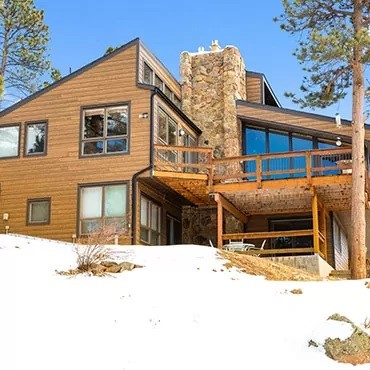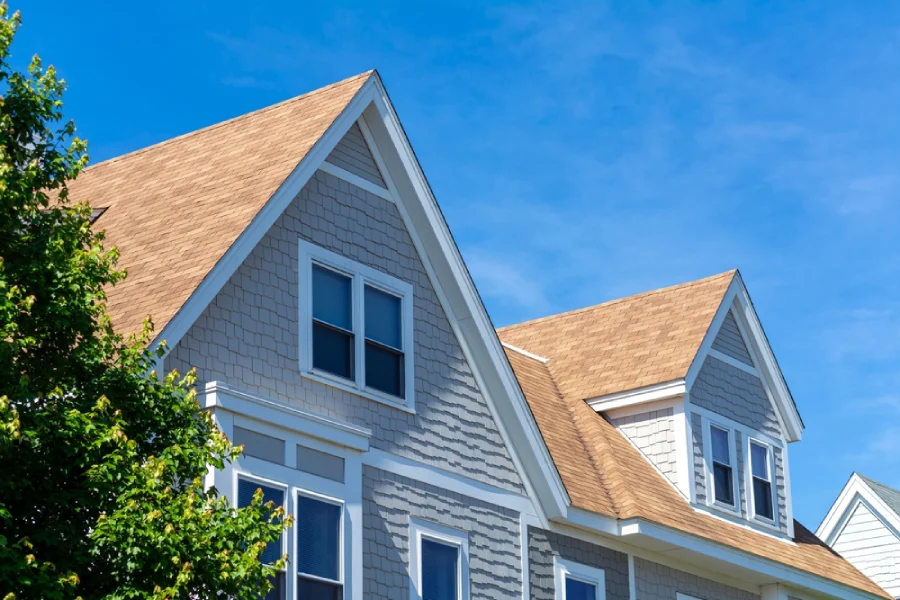Your home’s exterior siding is one of the significant investments for your home – you must conduct thorough research on the many siding replacement options available. However, searching for a siding replacement can be overwhelming because you also have to factor in your style, budget, and siding type.
Even though you want to elevate your exterior’s outlook, it’s also essential that you invest in a robust option alongside a great aesthetic value. Fortunately, this post brings you an ultimate guide, including unbiased information on the pros and cons of James Hardie siding to help you make an informed decision for your home’s siding replacement project.
James Hardie Siding
James Hardie is among the top-rated brands in the siding replacement industry. James Hardie produces fiber cement siding products with sand, water, cellulose fiber, and Portland cement. The combination results in a strong and lasting material that can be molded to create different style options for any home’s aesthetics. The James Hardie siding brand is also America’s favorite with its unmatched warranty and impressive performance.

What Are the Advantages of James Hardie Siding?
Being the top siding brand and America’s favorite, James Hardie fiber cement siding has more pros than cons. Advantages of James Hardie siding include:
Durable and Weather-Resistant
James Hardie siding is built to endure all climates and can last up to 50 years when installed and maintained correctly. The fiber cement siding is well-built to withstand hail, ice storms, heavy rain, violent winds, and intense humidity.
The resiliency of fiber cement material in James Hardie siding also prevents swelling, warping, and rotting due to water moisture. The James Hardie siding is, therefore, less likely to dent or crack due to moisture damage or heavy impacts of hail or debris.
Pest-Resistant
James Hardie siding is made with cement, cellulose fibers, and sand, making it sturdy and pest-resistant. You don’t have to worry about costly repairs caused by pest infestation.
Outstanding Curb Appeal
If you’re considering upgrading your home’s exterior, you probably have your home’s appearance at the top of your mind. That said, you don’t want to invest in sagging wood that will destroy your curb appeal due to moisture damage or loose bricks that will crack and crumble due to harsh weather leaving your exterior looking bad. James Hardie is built sturdy to ensure that your exterior remains attractive for decades.
A Variety of Style and Color Options
James Hardie siding is eye-catching and attractive and comes in various styles and colors to match any home’s aesthetics. The versatility of the siding allows you to match your aesthetics, whether you’re going for a texture style or a sleek, modern style.
Highly Customizable
There are tons of styles of James Hardie siding, giving you an option to match your home’s aesthetics, architectural style, or personal preferences. You can conveniently customize your contemporary siding aesthetic or style with endless creative possibilities.
ColorPlus® Technology
James Hardie siding is built with ColorPlus® Technology which helps retain a vibrant color for decades. With a factory baked-on color, UV resistance, and a durable finish, you can rest assured that your siding will not fade.
Great Warranty
Rest at ease with an unmatched James Hardie warranty. When a preferred contractor installs your siding, your James Hardie siding warranty is protected, so you can rest at ease knowing that your investment is well-covered.

What Are the Disadvantages of James Hardie Siding?
While you’re assured of excellent siding material, there are also a few cons. Disadvantages of James Hardie siding include:
High Initial Investment
If you want a James Hardie siding for your home’s exterior, one of the main things to bear in mind is that you’ll require a high initial investment. James Hardie siding installation involves an intensive and detailed process requiring a higher upfront cost than other siding products. The great news is that the durability and overall lifespan balance the high installation costs.
Takes Long to Install and Requires Precise Installation
James Hardie siding is sturdy and heavier than other siding materials. It, therefore, requires more time for optimal installation. In addition, the high precision needed during installation requires a qualified contractor trained to meet James Hardie’s exact standards.
James Hardie Siding Warranty
How long does the James Hardie warranty last? Before settling on James Hardie products, you probably want to know the kind of warranty you’ll receive as the buyer. A reliable guarantee will offer you peace of mind, and the James Hardie warranty is an excellent choice if you’re thinking of a way to make the most out of your siding investment.
James Hardie board siding warranty comes with up to a 30-year non-prorated warranty – yes, you can be stress-free for the next three decades! However, the James Hardie warranty can vary depending on different products. For instance, trim products are accompanied by a 15-year warranty.
The best part is that James Hardie siding offers an extraordinarily robust option and requires less upkeep and maintenance. In addition, the color of James Hardie siding can last for 10-12 years, and you can repaint it in 10-20 years after installation. To sum it up, James Hardie siding offers an unmatched warranty in the market.
GS Exterior Experts: Siding Installation or Repair Experts You Can Trust
Do you need help installing your James Hardie siding? GS Exterior Experts got you! Don’t settle for any siding installation contractor that will leave you disappointed and with no warranty. Your home’s exterior deserves an approved contractor who will pay attention and be precise when installing your siding. Contact us for a free estimate, and we’ll help you with all your siding needs.




